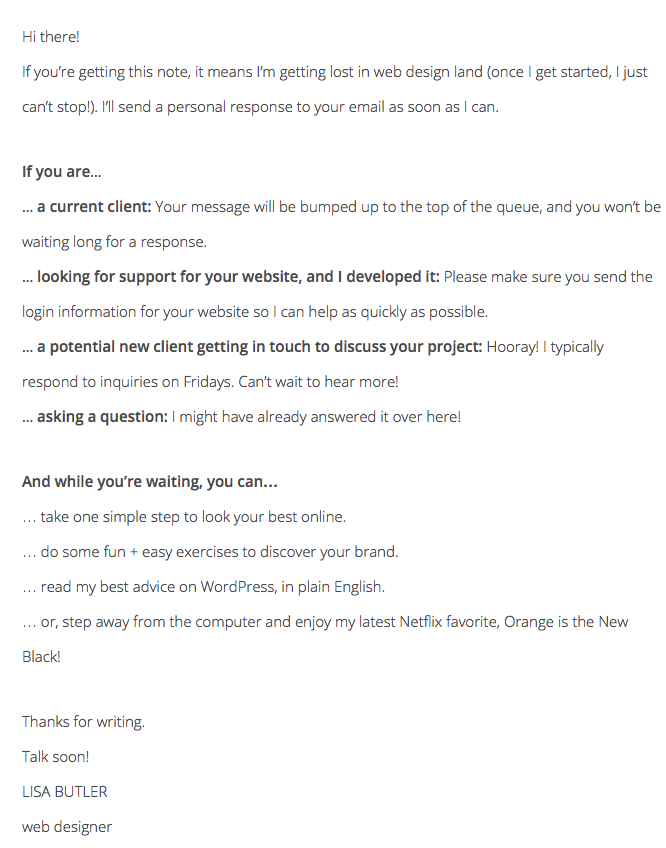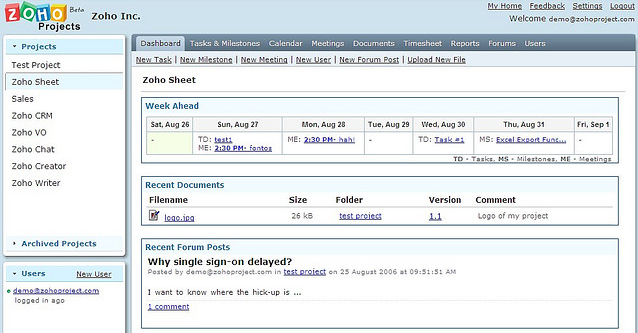Ever experienced a customer relationship that makes you want to scream? We’ve all had those overly demanding customers who have high expectations and a low threshold of patience.
So how do you handle those customers who want you to bend over backward to make them happy? And is it worth it to try and appease them?
Today, we’ve put together a list of strategies for making those tricky relationships run more smoothly—and some identifiers that help you realize when it’s time to get extra help (or to let that pesky customer work with someone else).
Make Your Customer Use Your Systems
Time is not always on your side when you run a small business—and you don’t always have the means to hire the help that makes things run smoothly and efficiently. Therefore, you need to get your customers on board with efficiency-boosting strategies that speed up the process on your end.
One way to do that is to require your customers to use your systems. If you’re using Basecamp for a project, have your customer use it, too. Don’t want to waste time re-formatting a Word document to fit in Wordpress? Give them a login to work directly from the platform.
The time you save from eliminating unnecessary work (like chasing down attachments in your email inbox) makes a huge difference in the long run. And when work gets done more quickly, your customers will appreciate it.
Use Automatic Emails to Outline Availability & Expectations
Fielding emails all day can wreck your productivity. But with the help of a handy autoresponder, you can make your clients aware of your availability and outlines what they can expect from you.
When customers know your boundaries, they’ll be less apt to bombard you with emails and phone calls—especially when their query is greeted with a prompt autoresponder that acknowledges their needs. It says, “I’ve gotten your message, and I’ll get to it as soon as I can.”
In your autoresponder, you can outline several important pieces of information:
-
What business hours you keep (and when they can expect to hear back from you)
-
What information you’ll need from a customer if they need support
-
Where to find any FAQ information
Plus, it’s a great opportunity to link to other helpful information a customer might be interested in (like a popular blog post or landing page).
Lisa Butler of Elembee uses an autoresponder in this example:

Communicate— and Communicate Often
One of the easiest ways to rile up an already overly demanding customer is to be lacking in the communication department. It makes sense: When a client is left in the dark about what you’re doing, it’s hard to know where you’re at in the process.
Cue the barrage of annoyed emails and voicemails.
Instead of waiting for the customer to check in with you for a progress update, be proactive and communicate frequently along the way (even before being asked).
There are lots of great resources that can help you and your clients stay on the same page in regard to progress. Resources like Basecamp, Zoho Projects, and InvisionApp (depending on the type of project) foster collaboration and create a central working space where both parties can store and share information.

Bottom line: Communication needs to keep flowing from both directions at all times.
Have Written Agreements
Before you begin any new project, it’s important to have written documentation that outlines the parameters of the project so you both know what to expect from each other.
Plus, it makes sense in the legal department.
This written document should be signed by both parties and serves as a reference point if a customer tries to push for more than they originally agreed to without increasing the pay scale. It also helps ensure both parties have realistic expectations on the project, such as:
-
Time frame (start and end date)
-
Goals
-
Due dates
-
Payment details
Don’t reinvent the wheel: There are lots of free templates out there that you can customize in seconds. Just do a quick search and you’re sure to find relevant forms you can dress up.
When to Scale Up
So what if you’ve implemented all of these best practices and you STILL can’t handle an overly demanding customer? There are a couple of options for that.
Option #1: Hire extra help
If the client is one you simply can’t afford to let go, one solution is to hire extra help.
You can hire someone contractually, part-time, or even on a full-time basis, but we recommend starting slowly and seeing how the relationship with your new hire goes.
Make sure you take the time to properly train your extra help and make an introduction with the customer. Again, making sure you and your client are on the same page is key.
If your customer starts interacting with a new person they don’t know, it’s going to seem like something has gone awry and will only put further strain on the relationship.
Option #2: Let your customer find help elsewhere
It’s never easy to let a paying customer go, but sometimes, you have to let them leave. When you can’t meet their needs or they are monopolizing your time to the point where your business is suffering, it’s time to part ways.
Let that overly demanding customer drop their burdens elsewhere and get back to your other customers who have realistic expectations.
Demanding Customers Come and Go
In the world of small business, demanding customers come and go. But it’s up to you to know how to manage those tricky relationships and either make them work—or show them the door.
Your Turn: What strategies do you use for handling overly demanding customers?


